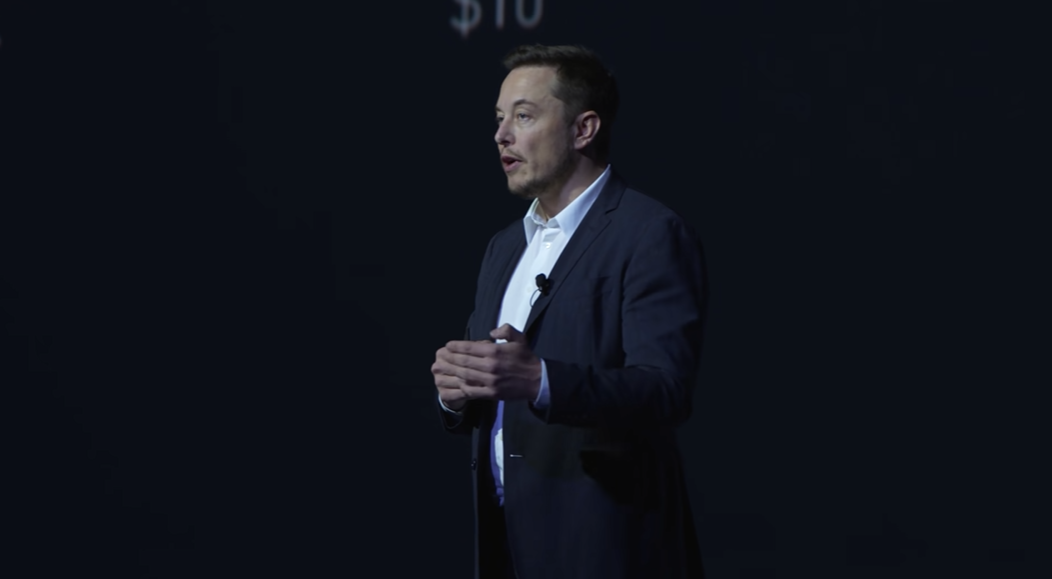 AI
AI
 AI
AI
 AI
AI
Elon Musk announced today that xAI Corp., the OpenAI competitor he launched last year, plans to open-source its flagship large language model.
“This week, @xAI will open source Grok,” Musk (pictured) wrote in an early morning post on X. Developers typically share open-source artificial intelligence models on Hugging Face, a GitHub-like website for hosting machine learning projects. The Hugging Face repository for an open-source models often includes not only the AI code itself but also related assets such as the training dataset with which it was developed.
Musk launched xAI last June and went on to raise at least $135 million from investors for the venture. The company debuted its first product, an LLM called Grok, last November. It can generate text, craft software code and perform several related tasks.
Musk’s move to open-source Grok comes a few days after he sued OpenAI for allegedly breaching a commitment to make major AI advancements “freely available to the public.” That commitment, the Tesla Inc. CEO charges, was made as part of a founding agreement that also specified OpenAI would operate as a nonprofit. The AI developer launched a for-profit arm in 2019.
In response to the lawsuit, OpenAI issued a response revealing that Musk had participated in the discussions to form the for-profit arm. The AI developer says that he “wanted majority equity, initial board control, and to be CEO.” At one point, Musk allegedly also suggested that OpenAI should become part of Tesla.
It’s unclear how xAI would go about monetizing its work in the event that it open-sources Grok. The company may take a similar approach as Mistral AI, another venture-backed LLM startup. Mistral released its first two LLMs under an open-source license and recently introduced a trio of paid language models with more advanced features.
Musk’s AI company has already announced its intention to build a more advanced version of Grok. According to xAI’s website, that version will be capable of processing not only text but also other types of data such as images and videos.
The company also hinted that it plans to equip Grok’s successor with a formal verification feature. Formal verification is a mathematical technique that can be used to ensure a system, such as a car part or a piece of software, doesn’t contain design flaws. According to xAI’s website, the company believes the technique could be used to verify that code generated by LLMs doesn’t include bugs.
If xAI decides to commercialize its Grok successor, it will likely make the model available to developers through a commercial application programming interface. That’s the approach major market players such as OpenAI, Anthropic PBC and Mistral have taken with their respective language models. The companies also offer paid chatbot services that enable business users to access the LLMs through a browser-based interface.
THANK YOU